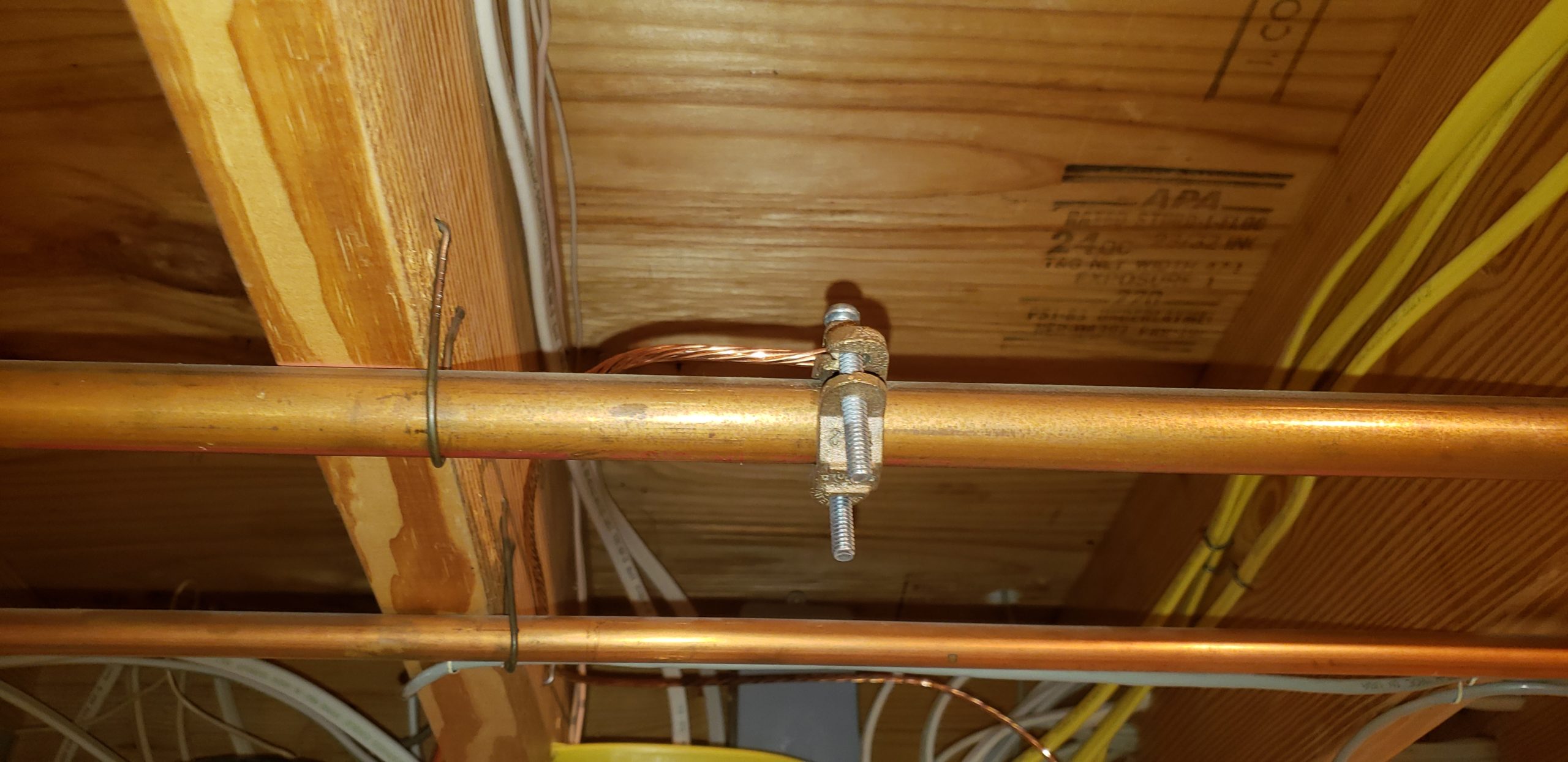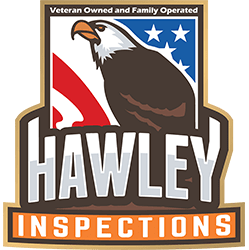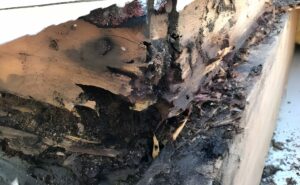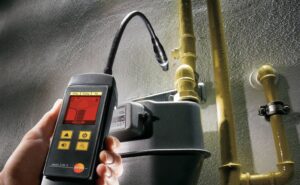
Bonding is required for water, gas & CSST – December 16, 2015
Bonding of metallic water lines and gas lines is required by all major codes. Being bonded is not the same as being grounded. Bonding refers to the process of connecting different systems, so they have the same electrical potential as the electrical service. Bonding reduces the chance of arcing caused by a sudden surge of electricity from a nearby lightning strike or other unexpected cause.
Bonding of
Metallic water lines
Bonding of water lines is accomplished by connecting the water lines to the grounded neutral at the service panel.

Connections should occur within the first 5 feet after the pipe enters the structure.
A jumper must be installed when a water meter or other device breaks the continuous bond, such as dialectic unions on a water heater.
Non-conductive water lines such as PVC or CPVC etc. do not need to be bonded. Water lines are no longer considered reliable grounding sources because of the increased use of non-conductive materials in municipal and private water lines. For specific requirements, refer to the National Electrical Code Section 250.104 (A) & (B)
Metallic gas lines
Metallic gas piping is also required to be bonded in the same manner as water lines. Metal piping is continuously bonded if connected by threaded, soldered, brazed, or flanged connectors. Approved flexible metal gas appliance connectors are considered to be part of the bonding system. For specific information, refer to the National Fuel Gas Code section 7.12 and the NEC section 250.104 (A) & (B)
CSST piping
Corrugated Stainless Steel Tubing (CSST) is a flexible gas line gaining use in place of Black Iron gas pipe. Initially limited to trained plumbing and heating contractors, CSST is now on the shelves of most big box do-it-yourself retailers. CSST must be bonded the same as the water and gas piping. For more specific information on CSST pipe, refer to the National Fuel Gas Code section 7.12.2 and the NEC section 250.104 (A) & (B)
A qualified electrician should only perform all work involving electricity. This is intended only as a guide.
For more information on our warranties
Warranty
Check us to at the Better Business Bureau
All major codes require the bonding of metallic water lines and gas lines. Being bonded is not the same as being grounded. Bonding refers to the process of connecting different systems, so they have the same electrical potential as the electrical service. This reduces the chance of arcing caused by a sudden surge of electricity from a nearby lightning strike or other unexpected cause.
Bonding of
Metallic water lines
Bonding of water lines is accomplished by connecting the water lines to the grounded neutral at the service panel.



Connections should occur within the first 5 feet after the pipe enters the structure.
A jumper must be installed when a water meter or other device, such as dialectic unions on a water heater, breaks the continuous bond.
Non-conductive water lines such as PVC or CPVC etc. do not need to be bonded. Water lines are no longer considered
reliable grounding sources because of the increased use of non-conductive materials in municipal and private water lines. For specific requirements, refer to the National Electrical Code Section 250.104 (A) & (B)
Metallic gas lines
Metallic gas piping is also required to be bonded in the same manner as water lines. Metal piping is continuously bonded if connected by threaded, soldered, brazed, or flanged connectors. Approved flexible metal gas appliance connectors are considered to be part of the bonding system. For specific information, refer to the National Fuel Gas Code section 7.12 and the NEC section 250.104 (A) & (B)
CSST piping
Corrugated Stainless Steel Tubing (CSST) is a flexible gas line gaining use in place of Black Iron gas pipe. Initially limited to trained
plumbing and heating contractors, CSST is now on the shelves of most big box do-it-yourself retailers. CSST must be bonded the same as the water and gas piping. For more specific information on CSST pipe, refer to the National Fuel Gas Code section 7.12.2 and the NEC section 250.104 (A) & (B)
A qualified electrician should only perform all work involving electricity. This is intended only as a guide.
For more information on our warranties
Warranty
Check us to at the Better Business Bureau




